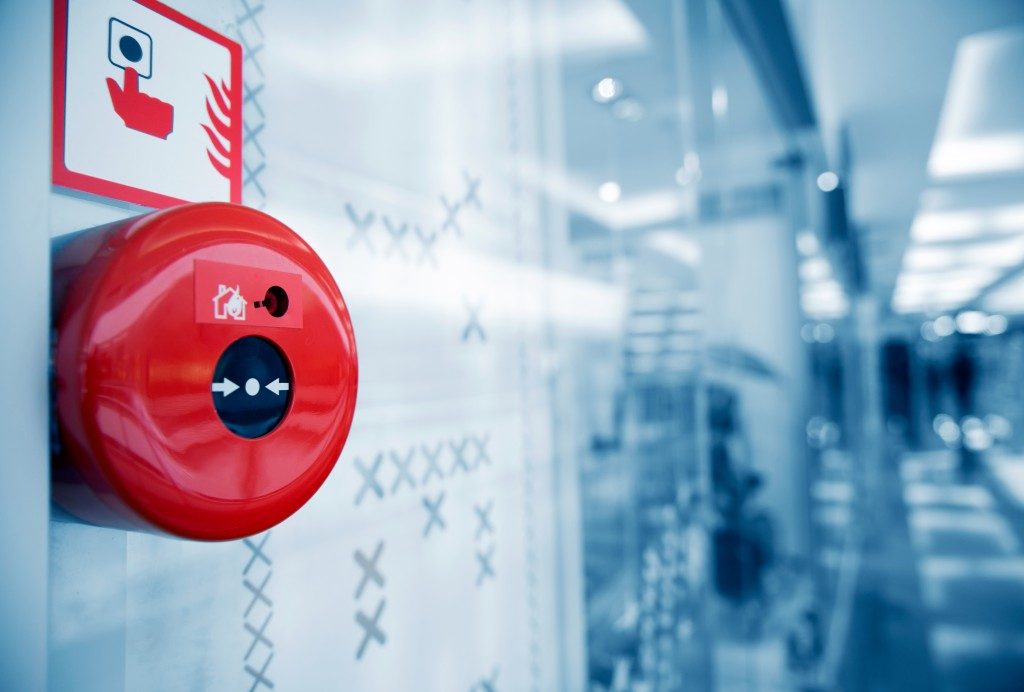In compliance with workplace health and safety regulations, businesses are required to install safety signage within their premises. One of the ways companies can adhere to this requirement is by establishing a fire protection programme and investing in fire safety signage. Well-positioned fire exit signs and fire action notices will help employees, building occupants and visitors unfamiliar with the layout of the building know what to do and where to exit when an emergency incident occurs. Start-up business owners or safety personnel who are designing their workplace safety policy may refer to the following guide on fire safety signs.
Categories of Fire Safety Signs
Fire safety signs are classified into different categories, based on the type of message they convey. Each category is assigned a specific colour and shape and is accompanied by a pictogram or text.
- Safe Condition Signs (Green, Rectangular): These signs include escape routes, emergency exit signs, first aid equipment and rescue facilities. These signs are placed in doorways that provide a means of escape or access in case of emergency.
- Prohibition Signs (Red, Circular): These signs indicate that an activity should not be done as it will likely cause a health or safety risk. They are often accompanied by a “No” or “Do Not” instruction.
- Warning Signs (Yellow, Triangular): These signs make people aware that there is risk or danger nearby.
- Mandatory Signs (Blue, Circular): These signs convey a specific behaviour or action required to prevent spread of fire. They provide a certain instruction e.g. “Fire Door Keep Shut”.
- Fire Equipment Signs (Red, Rectangular or Circular): These signs symbolise the location of fire equipment like hose reels and extinguishers.
- Supplementary Information Signs (Green, Red or Yellow): These signs provide additional information, e.g. “Danger: Fire Risk”
Rules on Fire Safety Signage Installation

Labelling
Fire safety signage must clearly indicate their purpose to avoid confusion. For example, directional arrows should point towards the quickest evacuation route.
Location
The placement of fire safety signage is as important as the message they convey. Safety signs must be placed at an appropriate height so they can be visible from a distance. They must also be placed in areas where they can be easily seen, especially by people who are not familiar to the site. Even when employees are informed about where the safety signs are located, some may panic and become disoriented when disaster happens.
Illumination
Fire safety signs must be readable at all times. Emergency lighting should be able to illuminate safety signs in case there is power interruption. Using photo-luminescent materials containing chemicals that can absorb and store energy are also recommended so the signs can still be visible in case emergency lighting fails.
Proper installation of fire safety signs will not only ensure your company’s compliance with health and safety regulations but more importantly, it will protect the lives of your employees. Each building has a unique layout, so if you’re not sure about how to install fire safety signs properly, it is always best to consult an expert.




